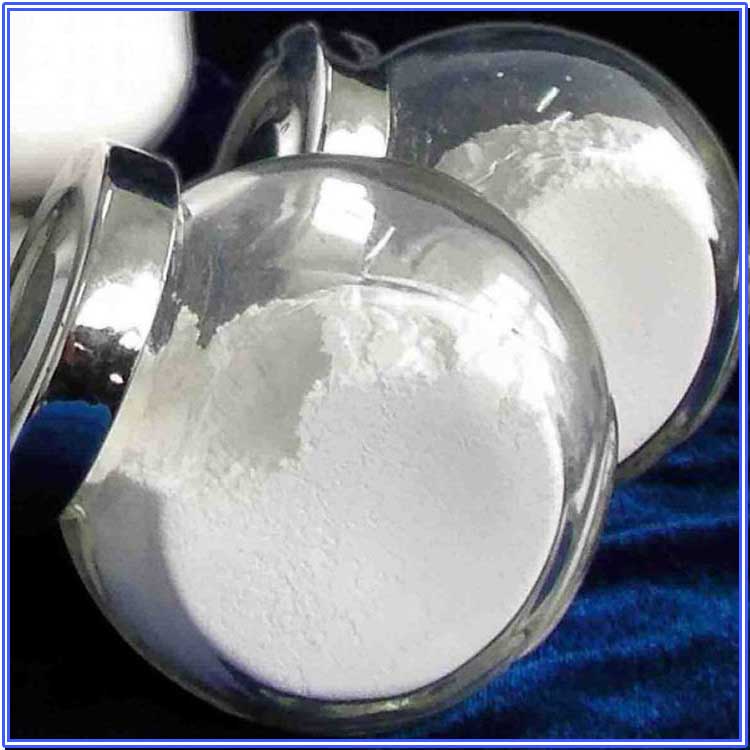Hebei Messi Biology Co., Ltd. stated that the main conclusions drawn from the mineralogy of hydromagnesite in Bange Lake, Tibet are as follows:
1. The crystal particles of the hydromagnesite are very fine, mainly mud crystals and micro-mud crystals. Most of the particle sizes observed under a polarizing microscope are between 4-20μm, often forming dense aggregates in the form of spots and lenses, and aragonite is often distributed at the edges of pores.

2. The aggregation form of mud crystals observed under a polarizing microscope is actually a clustered aggregate of magnesite developed into a lamellar structure. The monomer is monoclinic plate-like, often forming contact twins along (100), and the crystal plane with characteristic oblique stripes is the (001) crystal plane.
3. The hydromagnesite is mainly composed of carbonate minerals such as hydromagnesite, aragonite, and dolomite, and the content of associated minerals such as silicate minerals (muscovite, biotite, chlorite, talc, plagioclase) and oxide minerals (quartz, goethite, titanomagnetite) is very small.
4. In hydromagnesite, the most important symbiotic relationship is hydromagnesite-aragonite-dolomite symbiosis, and the three minerals are impregnated symbiotic relationships. The particles of hydromagnesite are the coarsest, and the particles of dolomite are the finest. It is difficult to remove aragonite and dolomite by physical beneficiation methods.
